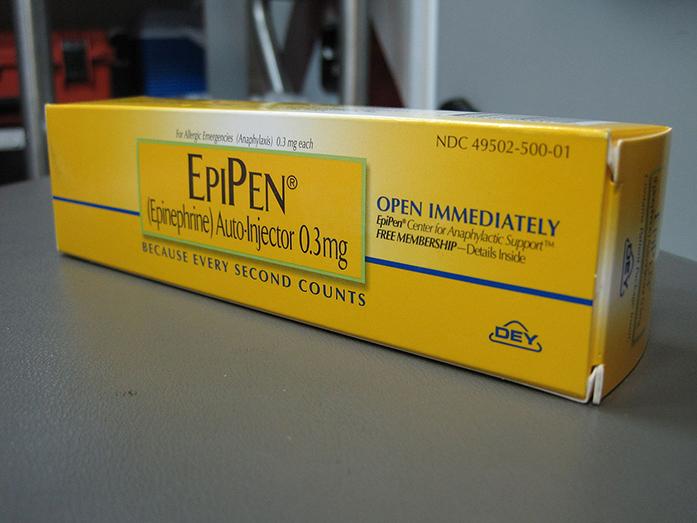In 2015, 3.6 million Americans were prescribed EpiPen. As of writing, the price of EpiPen is $608.61, more than a six-fold increase in price from the 2007 price of $93.88. This 548 percent increase in price was incremental but initiated after Mylan purchased the EpiPen technology.
This past summer, Mylan came under fire for the astronomical price hike of a critical, life-saving medicine, even drawing the ire of one Martin Shkreli, best known for raising the price of a critical, life-saving AIDS medication by 5,400 percent and buying a 1 of 1 Wu Tang Clan album, which called Mylan “vultures” and openly questioned the “moral compass” of the company. (NBC News)
The price hike is especially dastardly when one realizes most children who use EpiPens need two sets, one for home and one for school. Furthermore, EpiPens expire after one year, so in a good year when someone never once goes into the anaphylactic shock precipitating EpiPen use, they still have to shell out to replace their EpiPens, a planned obsolescence much more dangerous than the planned obsolescence of cellphones.
This past week, it was revealed that Mylan underreported its profits from EpiPen sales. While Mylan claimed its profit margin was only $100 on the $608 EpiPen, this profit margin includes a 37.5 percent tax rate. This tax rate would be applicable if EpiPen was its own separate entity from Mylan as a whole. However, because Mylan is incorporated in the Netherlands for tax purposes, its company-wide tax rate is approximately 7.4 percent, with EpiPen’s actually taxes essentially zero. This makes Mylan’s profits from each EpiPen 60 percent higher, at $160. Congress is understandably skeptical that even this second, amended number is truthful, with lawmakers demanding additional documentation to verify the numbers. Rep. Elijah Cummings, D-Md., told the Washington Post Mylan has “… until Friday to give Congress the underlying documents we asked for back in August … [to] determine the company’s actual profits … for the last decade.”
Mylan’s price hike is deplorable at face value, reducing access to a life-saving medicine for millions. In an effort to save face, Mylan announced it would give away price vouchers to offset out-of-pocket costs for those with insurance. But while these vouchers reduce the price of the drug for individuals, the remainder of the tab is picked up by insurance or government subsidies, driving Mylan’s profits up at the expense of higher insurance rates and wasted tax dollars.



